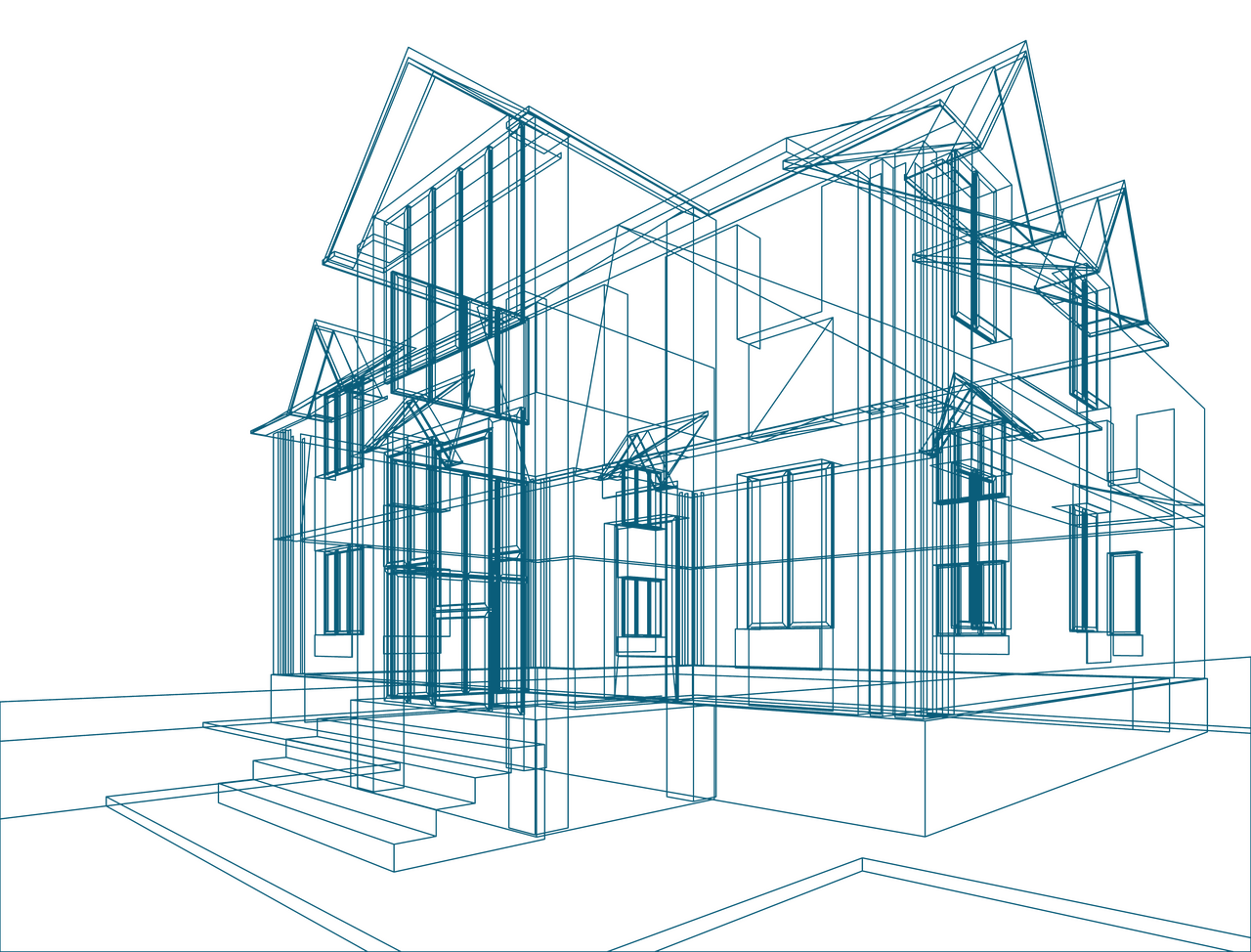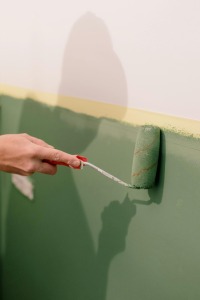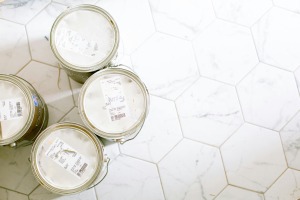


Market report
Sustainability in Painter's Market
Gain valuable painter insights with the Painter Insight Monitor market report from USP Research. Stay informed about the latest trends and developments in the industry. Visit the link for more information.
Blogs I published 06 February 2025 I Dirk Hoogenboom
The Green Shift in Painting - Sustainability and Practicality
Sustainability is one of the hottest topics across many industries, so it’s no surprise that European painters are joining the conversation. But while the push for green alternatives is growing, the question is – what’s their take on this shift? It turns out that while we do see an interest in sustainability, practicalities still rule the decision-making process, meaning the transition to greener alternatives becomes a bit more complex than just offering eco-friendly options.
So what do painters really think about sustainable products and what will it take for eco-conscious solutions to become the norm? Let’s look at the specifics.
Familiar Choices Are King
Long story short, most painters aren’t looking to experiment: specialized wholesalers remain their go-to and traditional buying habits still hold strong. Painters generally tend to rely on products they’ve used before and trust, and this pattern extends across everything from paint and consumables to power tools. Reliability is key, and while sustainability is becoming a topic of interest, it’s not yet the top priority when making a purchase. What is?
Durability First
If there’s one thing that trumps all others when choosing a product, it’s durability. A whopping 38% of painters rank durability as their number-one priority when buying sustainable products. When it comes to power tools, that number jumps to 49%. Why? Because long-lasting products make the job easier, save money over time and reduce downtime due to replacements or failures.
Painters operate under tight deadlines and budgets, so they need tools and materials that won’t let them down. This is where sustainability often faces a challenge; if an eco-friendly product doesn’t handle the day-to-day mileage well, it won’t win over professionals in the industry.
Quality Over Flash
Right behind durability, quality is the second most important factor, with 19% of painters prioritizing it. For paint specifically, that number rises to 23%. A product needs to perform well, and that could mean smooth application, strong adhesion or a tool that withstands the usual wear-and-tear. Painters don’t really want products that claim to be sustainable; they need them to deliver top-tier performance first and foremost.
In many cases, flashy marketing won’t have any impact. If an eco-friendly paint doesn’t go on as smoothly or doesn’t provide the same coverage as a traditional one, it’s unlikely to become part of a painter’s toolkit.
Price
Quite simply put, a green transition comes with a hefty price tag. And painters are well aware of affordability, with some 16% of them listing price as a key consideration. They’re willing to invest in high-quality and durable products, but cost will remain a guiding factor. This poses another hurdle for eco-friendly alternatives – if sustainable options are significantly more expensive than traditional products, adoption will be slow.
Sustainable vs. Built-to-Last
When it comes to choosing so-called “sustainable” products, we see that painters tend to zero-in more on performance and practicality, rather than on environmental impact. More pronounced sustainability factors – a low carbon footprint, recyclable materials or supply chain transparency – barely register in their decision-making. This reinforces the industry’s preference for tried-and-true products over those marketed primarily for their eco-friendliness.
There is some interest in low-VOC and water-based alternatives, which are both safer and more sustainable, but adoption remains slow. Just 3% of painters actively seek out low-VOC or zero-VOC paints, and solvent-free options fare only slightly better at 4%. These figures suggest that while sustainability is on the radar, painters still overwhelmingly prioritize efficiency, reliability and performance above all else.
The Role of Manufacturers
Most painters agree that manufacturers play a vital role in making the transition to sustainable products easier. The majority believe that manufacturers should:
- provide more information about sustainable products to painters (64%) and end-users (66%)
- offer take-back programs for old products (63%)
- replace current assortments with more sustainable options (62%)
Painters aren’t necessarily against sustainability, they just need the right support, information and incentives to make the switch. Manufacturers that can bridge the gap between performance, affordability and eco-consciousness will have the best chance of winning over even the toughest industry pros.


Sustainability Trends Across Europe
Some 42% of painters listed a long lifespan as the most important attribute of a sustainable product, and this trend is particularly strong in Belgium (64%), the Netherlands (63%) and Sweden (60%). However, when it comes to actual environmental features like water-based formulas, solvent-free solutions, or biodegradable materials, the numbers are telling: only 13% of painters prioritize eco-friendliness.
Water-based products (6%), solvent-free ones (6%), biodegradable ones (5%) or recyclability (5%) – in other words, staples of environmentally friendly approaches – all rank significantly lower. for example, show very little interest in any of these.
Sweden (14%) and Denmark (16%) show a higher interest in eco-friendly options, but Italy stands out with a greater focus on sustainability, its painters clearly showing a preference for biodegradable products (24%), emphasizing eco-friendliness (21%) and 16% opting for solvent-free solutions. However, for most of Europe – Netherlands, Poland, Spain… – sustainability translates to longevity rather than true environmental impact.
Willingness to Pay
While cost remains a tangible barrier in the transition process, some European painters are willing to invest in sustainable products for their projects. In fact, nearly 20% are ready to pay an additional 6-10%, 11% would go as high as 16-20% more, and 14% are even open to spending over 20% more compared to standard products. This means that awareness, a growing concern and commitment to sustainability is out there somewhere, despite the higher expenses.
It’s worth mentioning that a notable 23% remain unwilling to pay more, highlighting that any shift towards an eco-friendly position will first need to address cost concerns.
What’s Next?
Sustainability is gaining traction, but the painting industry remains hesitant to fully embracing eco-friendly solutions. Painters are generally open to the idea, but they won’t compromise on durability, quality or affordability. To drive meaningful change and motivate a change, manufacturers must offer sustainable products that perform just as well – if not better – than their traditional counterparts.
Providing clear, transparent information about sustainability, introducing take-back programs and making green products more cost-competitive will be crucial in shifting the industry’s mindset. Until then, painters will continue prioritizing what works best for the job at hand, regardless of how eco-friendly it may be.
For now, the demand for sustainable solutions exists, but the products must meet industry expectations before they become the standard. It’s not just about being green—it’s about being great.
Construction Consulting Services for You
We provide tailor-made market research and off-the-shelf reports, both B2B & B2C, qualitative and quantitative. Here are some you might be interested in
Monitor and improve client relationships to drive loyalty and repeat business in construction.
Map out key interactions and pain points to refine the overall construction experience.
Identify the aspects of service or product that most impact satisfaction in construction projects.

Fresh Insights Await
Our relevant reports
Delve into the newest findings across various market segments, crafted for a cutting-edge overview. Explore our insightful reports, brimming with up-to-date data, trend analyses, and in-depth examinations, all tailored to provide you with a comprehensive understanding of the current market dynamics.
Construction
Home Improvement
Installation
Special reports
Construction
Smart Materials and Buildings Q4 2024
2024 85 pages
Explore the evolving future in construction sector among European architects in Q4 2024. Delve into the factors driving material preferences and the impact on construction aesthetics and sustainability.
2,000 Euro
Construction
Digitalisation and BIM H2 2024
2025 64 pages
Uncover the preferred purchase channels of contractors in H2 2024, and understand how purchasing behaviors evolved. This report provides insights into the factors influencing purchasing decisions among contractors.
6,000 Euro
Construction
Decision making process Q3 2024
2024 87 pages
Unveil the decision-making processes in the construction industry through the lens of European architects. Discover the factors that influence crucial decisions and the interplay among different stakeholders.
2,000 Euro
Construction
Prefab H1 2024
2024 63 pages
Discover the adoption rate and benefits of prefabrication technology among European contractors in H1 2024. Understand the driving forces behind prefab usage and its impact on project efficiency and cost-saving.
6,000 Euro
Construction
Future of construction Q2 2024
2024 82 pages
Explore the evolving future in construction sector among European architects in Q2 2024. Delve into the factors driving material preferences and the impact on construction aesthetics and sustainability.
2,000 Euro
Construction
Sustainability 2024
2024 72 pages
Painter Insight Monitor 2024 will focus on understanding the specific needs, preferences, and challenges faced by painters when it comes to sustainable products.
11,000 Euro
Home Improvement
DIY vs DIFM Q4 2024
2025 76 pages
Explore the prevailing trends between DIY and DIFM in Q4 2024. Understand consumer preferences and the factors influencing their choice between DIY and DIFM.
3,500 Euros
Home Improvement
Branding Q3 2024
2024 74 pages
Discover the power of branding in the home improvement sector. Explore how strong branding influences consumer preferences and purchase decisions.
3,500 Euro
Home Improvement
European Garden Monitor
2023 43 pages
Explore the European Garden Monitor, a comprehensive platform dedicated to garden health monitoring in Europe. Access valuable resources and expert advice today.
12,000 Euro
Home Improvement
Purchase channels Q2 2024
2024 90 pages
The European Home Improvement Monitor offers valuable insights on purchase channels in the European home improvement industry, examining the evolving preferences and behaviors of consumers across traditional retail and emerging online platforms.
3,500 Euro
Home Improvement
Sustainability Q1 2024
2024 81 pages
Delve into sustainability trends in the home improvement sector in Q1 2024. Discover consumer preferences and the shift towards eco-friendly home improvement solutions.
3,500 Euro
Home Improvement
DIY versus DIFM Q4 2021
2024 113 pages
This report is a must-have if you’re in the home improvement industry. It provides a wealth of information on the behaviour of DIY and DIFM consumers, their motivations, and the factors that influence their purchasing decisions.
3,150 Euro
Installation
Training needs Q1 2025
2025 100 pages
This report offers an overview of installers’ habits and preferences concerning their education. Furthermore, the report encompasses the pervasive challenge of workforce shortage and explores the sector’s strategies for resolving this issue.
3,250 Euro
Installation
Media orientation Q4 2024
2025 128 pages
The European Mechanical Installation Monitor report provides a detailed analysis of the plumbing and HVAC industry. This report specifically focuses on Media Orientation in the industry.
2,800 Euro
Installation
Services in the installation sector Q4 2024
2025 102 pages
This report provides a comprehensive view of the installer's requirements for services from manufacturers. Within the report, you will find information on the most needed services in each category: commercial processes, engineering, products & installation, and repair & maintenance. It also examines the services that installers offer to their customers.
3,250 Euro
Installation
Prefab Q3 2024
2024 110 pages
Uncover the adoption of prefabricated products in HVAC installations during Q2 2022. Delve into the benefits and challenges associated with prefabrication in HVAC.
2,800 Euro
Installation
Prefab Q3 2024
2024 119 pages
This report offers a comprehensive view of the installers’ involvement and needs regarding prefabricated electrical installations.
3,250 Euro
Installation
Smart & Connected Products Q2 2024
2024 120 pages
This report provides a comprehensive view of the attitudes of installers toward smart building solutions, specifically among electrical installers and their clients. In the report, you will find insights into the installers' experiences with installing smart products and the willingness of end users to invest in such solutions, as well as their motivations and pain points.
3,250 Euro
Special reports
European Sustainability Report 2024
2025 51 pages
This report provides in-depth insights based on triangulation of key market information and data as well as data from USP Marketing Consultancy’s key monitors that are carried out year in, year out. The focus of this report is on the most important stakeholders within the construction industry, namely architects, contractors, electrical and HVAC installers within The United Kingdom, The Netherlands, Belgium, Germany, Poland, France, Italy, and Spain.
3,950 Euro
Special reports
European Sustainability Report 2024
2024 51 pages
This report provides in-depth insights based on triangulation of key market information and data as well as data from USP Marketing Consultancy’s key monitors that are carried out year in, year out. The focus of this report is on the most important stakeholders within the construction industry, namely architects, contractors, electrical and HVAC installers within The United Kingdom, The Netherlands, Belgium, Germany, Poland, France, Italy, and Spain.
3,950 Euro












